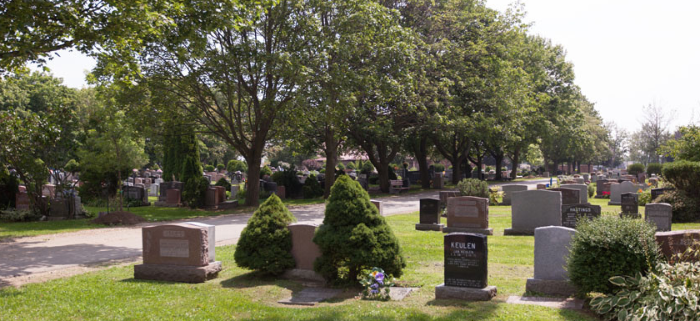Tranquil Spaces: Cemetery Traditions and Etiquette
Cemeteries hold a special significance in our society. They serve as final resting places for loved ones, while also offering sanctuaries for reflection, remembrance, and connection with nature. Understanding cemetery traditions and etiquette ensures respectful visits and helps maintain the peaceful atmosphere for all.
Respectful Traditions
Cemetery traditions vary depending on culture and religion. Here are some general guidelines:
- Dress modestly: Opt for clothing that reflects the solemnity of the space. Avoid overly revealing or casual attire.
- Maintain silence: Cemeteries are places for quiet reflection. Keep voices low and avoid loud conversations or disruptive behavior.
- Be mindful of others: Visiting families are seeking solace. Be respectful of their privacy and avoid walking directly between mourners and their loved one’s gravesite.
- Leave offerings with care: Fresh flowers are customary, but check cemetery rules on permitted items. Avoid leaving perishable offerings or anything that could disrupt the groundskeeping process.
Seasonal Considerations
- Spring and Summer: Be mindful of blooming flowers and avoid picking from memorial gardens.
- Fall and Winter: Watch your step on fallen leaves or snow-covered paths.
Etiquette for Different Situations
- Visiting a Grave: If you encounter someone visiting a grave, offer a polite nod or hello.
- Attending a Funeral: Follow the lead of the family regarding dress code and participation in ceremonies.
- Walking Your Dog: Not all cemeteries allow dogs. Check regulations before bringing your pet.
Understanding Symbols
Cemetery markers and headstones often display symbols with cultural or religious significance. Familiarizing yourself with these symbols can enhance your understanding of the lives commemorated there.
Remember, a cemetery is a shared space. By following these guidelines, we ensure respectful visits for everyone and maintain the tranquility of these special places.
Additional Tips
- Take only memories, leave only peace. Don’t remove any items from the cemetery grounds without permission.
- Learn the history. Many cemeteries have rich histories. Consider taking a guided tour or researching the stories of those buried there.
- Volunteer your time. Cemeteries often rely on volunteers for maintenance and upkeep. Consider donating your time to help preserve these sacred spaces.
Cemeteries are not just places of finality, but also testaments to the lives lived. By understanding traditions and practicing proper etiquette, we ensure these spaces remain havens for remembrance and reflection for generations to come.









